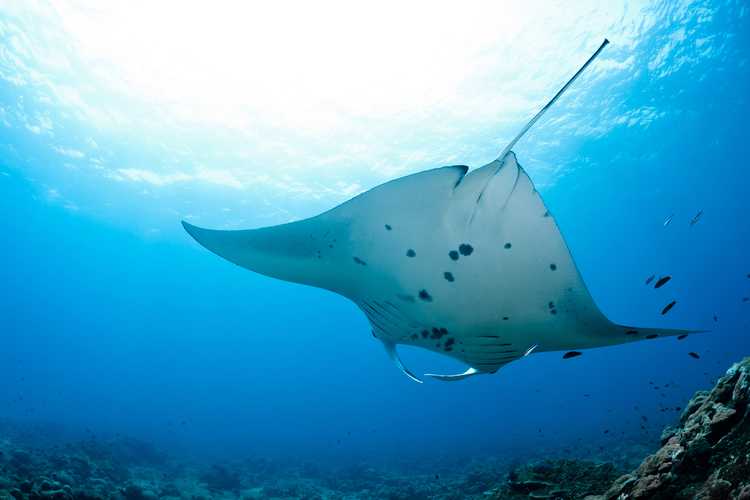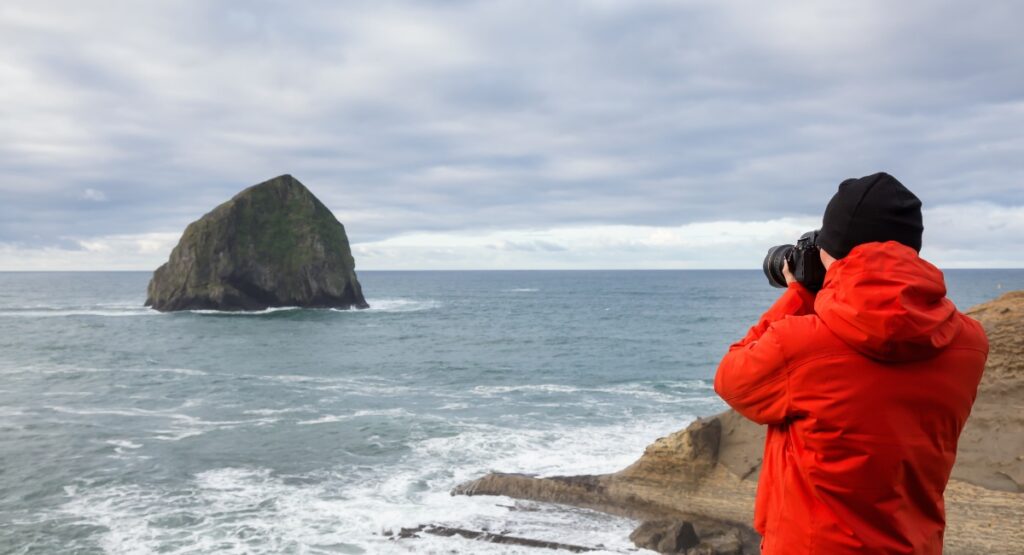Protecting Mozambique’s Gentle Giants
Protecting Mozambique’s Gentle Giants
August 20, 2014
By Daniel van Duinkerken, Marine Megafauna Foundation
In 2012, the Marine Megafauna Foundation won a grant of $3,000 in a SEEtheWILD contest. With 1,236 votes for MMF on Facebook, we were overwhelmed by the amazing support for our conservation efforts in Mozambique. But what were these funds exactly used for?
The grant went towards a project entitled, ‘Habitat use and movement patterns of the reef manta ray, Manta alfredi”, which aims to gather information on movements and habitat use of manta rays along this very productive coastline. However, the reef manta ray population here has been very hard hit. With an 88% decline in manta ray sightings over an eight-year study period, more information on these enigmatic fish is needed. By using intricate tagging technologies to find out where these mantas go, we hope to be able to better protect them.

So how does this tagging work? We implement a type of tagging called ‘acoustic telemetry’. This sounds complicated, but the principle is in fact quite simple. ‘Acoustic transmitters’, which are the tags, and ‘acoustic receivers’, similar to an underwater microphone, are used together to monitor movement. Whenever a tag is within 300 to 500 meters of a receiver, it gets logged onto it. By tagging manta rays with acoustic transmitters and downloading the data from the receivers every couple of months, we will be able to see where the gentle giants hang out.
We have deployed 12 acoustic receivers at known manta aggregations sites, such as cleaning stations on reefs, or feeding sites. This entire array, which stretches about 330 along the southern Mozambican coastline, has just been completed, and in the next six months, we aim to put 30 acoustic tags on manta rays.
So what type of information will this give us? It will show us how often and for how long the manta rays visit these sites. It will elucidate how far they move up and down the coastline and if they have preferences for specific areas. This will give us information on where their critical habitats and important movement corridors are located, indicating possible locations for future conservation efforts.
Some of our preliminary research efforts already showed some very interesting behaviour of these animals. For example, they seemed to only visit inshore sites during the day, and spend their time elsewhere during the night. Although they seemed to travel up and down the then 95-kilomtere acoustic array, they also showed strong preferences for specific areas. With our newly expanded array, we hope to find out more on their movements and habitat use.
SEEtheWILD’s funding has enabled us to buy the little, much-needed transmitters. In the next six months we will be deploying 30 of these tags and we hope to follow the movements of these elusive rays for one to two years. The data gathered from this study will greatly aid us in developing an effective conservation strategy for the reef manta rays here in Mozambique. So a big thank you to SEEtheWILD and to everyone who voted!



